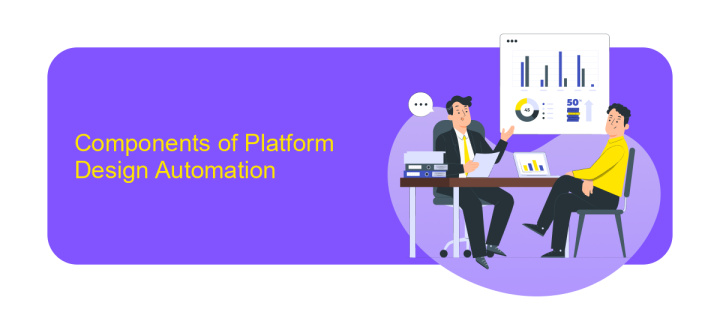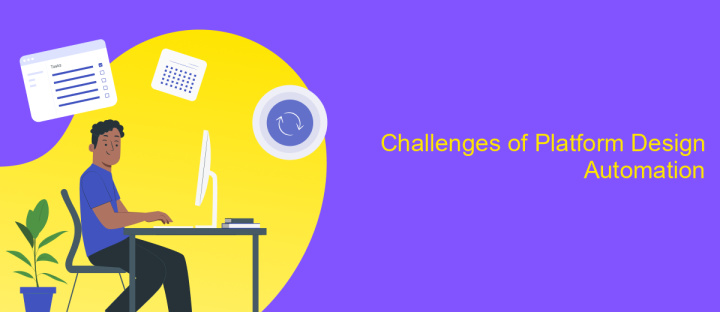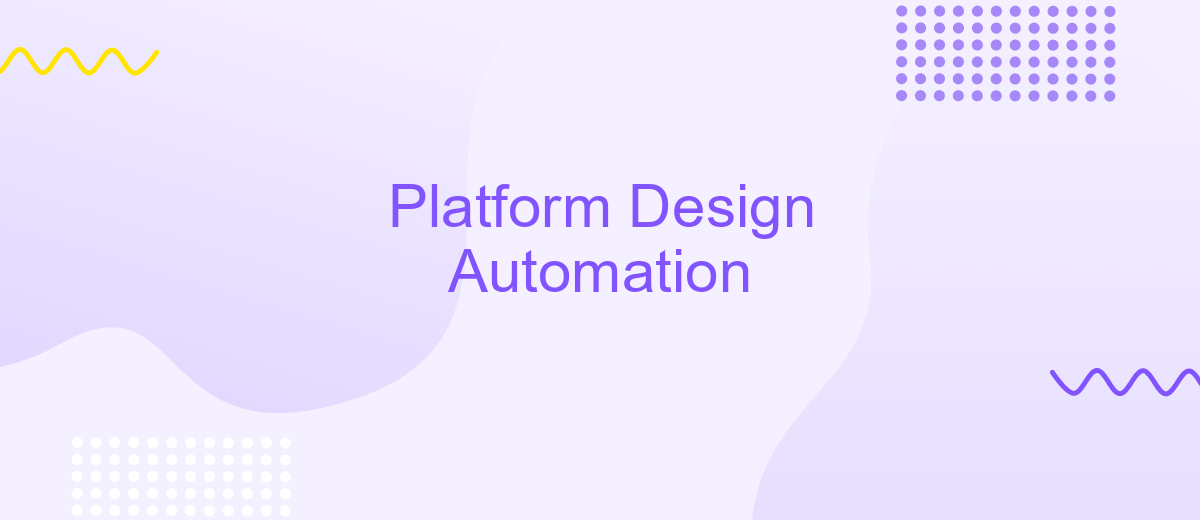Platform Design Automation
Platform Design Automation (PDA) is revolutionizing the way engineers and designers approach complex systems. By streamlining processes and integrating cutting-edge tools, PDA enhances efficiency and innovation across various industries. This article explores the transformative impact of PDA, highlighting its key features, benefits, and future potential. Discover how this technology is reshaping design paradigms and empowering professionals to create more sophisticated and reliable solutions.
Introduction
Platform Design Automation (PDA) is revolutionizing the way engineers and developers approach the creation and optimization of complex systems. By streamlining the design process, PDA tools enable faster, more efficient workflows, allowing teams to focus on innovation rather than the minutiae of design management. As industries across the globe increasingly rely on sophisticated platforms, the demand for automated solutions that can handle intricate design requirements is growing exponentially.
- Enhances productivity by reducing manual design tasks.
- Improves accuracy through advanced simulation capabilities.
- Facilitates collaboration by integrating various design tools.
- Enables scalability to accommodate evolving project needs.
As we delve deeper into the era of digital transformation, the role of Platform Design Automation becomes ever more critical. It not only accelerates the development cycle but also ensures that the highest standards of quality and efficiency are maintained. By adopting PDA technologies, organizations can stay ahead in a competitive landscape, delivering robust and innovative solutions that meet the demands of modern markets.
Components of Platform Design Automation

Platform Design Automation encompasses various critical components that streamline and enhance the design process. One of the primary components is the integration of design tools, which allows for seamless communication and data exchange between different software applications. This integration is crucial for maintaining consistency and accuracy across the design lifecycle. Additionally, automation scripts play a significant role by executing repetitive tasks, thus reducing manual effort and minimizing errors. These scripts can be customized to fit specific design requirements, offering flexibility and efficiency.
Another vital component is the use of cloud-based services, which provide scalable resources and collaborative environments for design teams. These services enable real-time collaboration, ensuring that all stakeholders are aligned and can contribute effectively. Moreover, integration services like ApiX-Drive facilitate the connectivity between various platforms and applications, allowing for effortless data synchronization and workflow automation. By leveraging such services, design teams can focus more on innovation and creativity rather than managing complex integrations, ultimately leading to more efficient and effective platform design processes.
Benefits of Platform Design Automation

Platform Design Automation (PDA) offers a transformative approach for businesses aiming to streamline their design processes. By integrating PDA into their operations, companies can significantly reduce the time and resources required for product development. This automation not only accelerates the design cycle but also enhances accuracy, minimizing human errors and ensuring consistent quality across projects.
- Efficiency: PDA reduces manual intervention, allowing designers to focus on creativity rather than repetitive tasks.
- Cost-Effectiveness: By optimizing resources and reducing waste, companies can lower operational costs.
- Scalability: PDA systems can easily adapt to increasing demands, supporting business growth without compromising quality.
Furthermore, PDA fosters innovation by providing designers with advanced tools and real-time data insights. This empowers teams to experiment with new ideas and swiftly bring innovative products to market. As a result, businesses not only improve their competitive edge but also enhance customer satisfaction by delivering high-quality, reliable products. In summary, Platform Design Automation is a strategic investment that drives efficiency, reduces costs, and promotes innovation, making it indispensable for modern enterprises.
Challenges of Platform Design Automation

Platform Design Automation (PDA) presents several challenges that can impact its effectiveness and efficiency. One major challenge is the integration of diverse technologies and tools, which often require significant customization and adaptation to work cohesively. This integration complexity can lead to increased development time and costs.
Another challenge is ensuring scalability and flexibility to accommodate evolving business needs and technological advancements. As platforms grow, maintaining performance and reliability becomes increasingly difficult, necessitating robust architecture and design strategies.
- Compatibility issues with existing systems and software.
- Security concerns due to the interconnected nature of platforms.
- High initial investment costs for implementation and training.
- Difficulty in managing and coordinating cross-functional teams.
Addressing these challenges requires a strategic approach, focusing on comprehensive planning and continuous improvement. Organizations must invest in skilled personnel and cutting-edge technologies to navigate the complexities of PDA. By fostering collaboration and innovation, companies can overcome these obstacles and harness the full potential of platform design automation.
Future of Platform Design Automation
The future of Platform Design Automation is poised for transformative advancements as technology continues to evolve. With the integration of artificial intelligence and machine learning, platforms will become increasingly intuitive, capable of predicting user needs and automating complex processes with minimal human intervention. This evolution will lead to more efficient design cycles, reduced time-to-market, and enhanced product quality. As businesses strive for greater agility, the ability to rapidly adapt and customize platforms will be paramount, fostering innovation and competitiveness in various industries.
Moreover, as the demand for seamless integrations grows, services like ApiX-Drive will play a crucial role in simplifying the process. By enabling easy connection between disparate systems, ApiX-Drive will empower organizations to streamline workflows and improve data accuracy. The future will also see a rise in collaborative ecosystems, where open-source contributions and community-driven development shape platform capabilities. As these trends converge, Platform Design Automation will not only enhance operational efficiency but also drive sustainable growth and innovation across sectors.
FAQ
What is Platform Design Automation?
How does Platform Design Automation benefit businesses?
What are the key components of Platform Design Automation?
How can businesses implement Platform Design Automation?
What challenges might businesses face with Platform Design Automation?
Apix-Drive is a simple and efficient system connector that will help you automate routine tasks and optimize business processes. You can save time and money, direct these resources to more important purposes. Test ApiX-Drive and make sure that this tool will relieve your employees and after 5 minutes of settings your business will start working faster.

